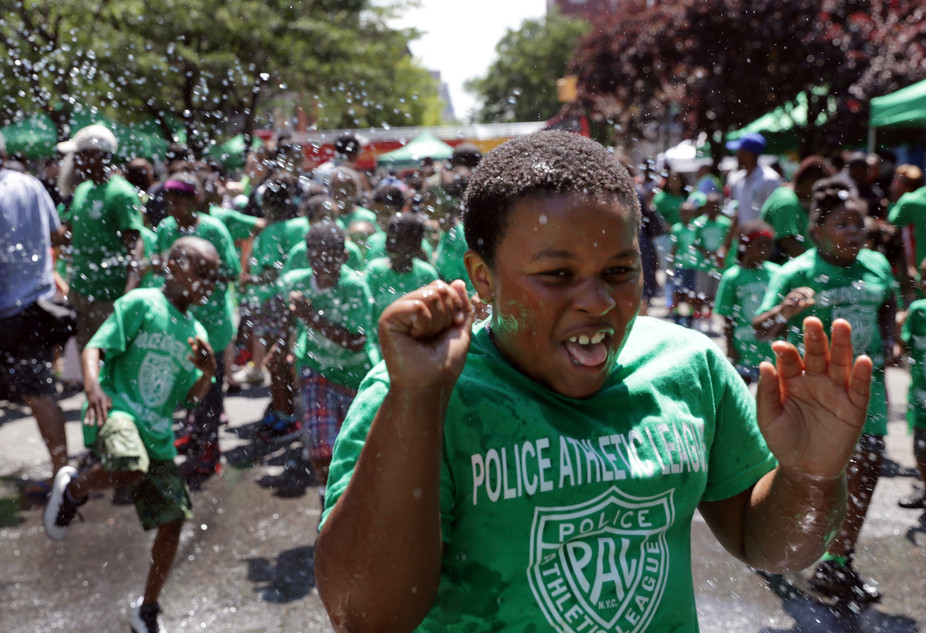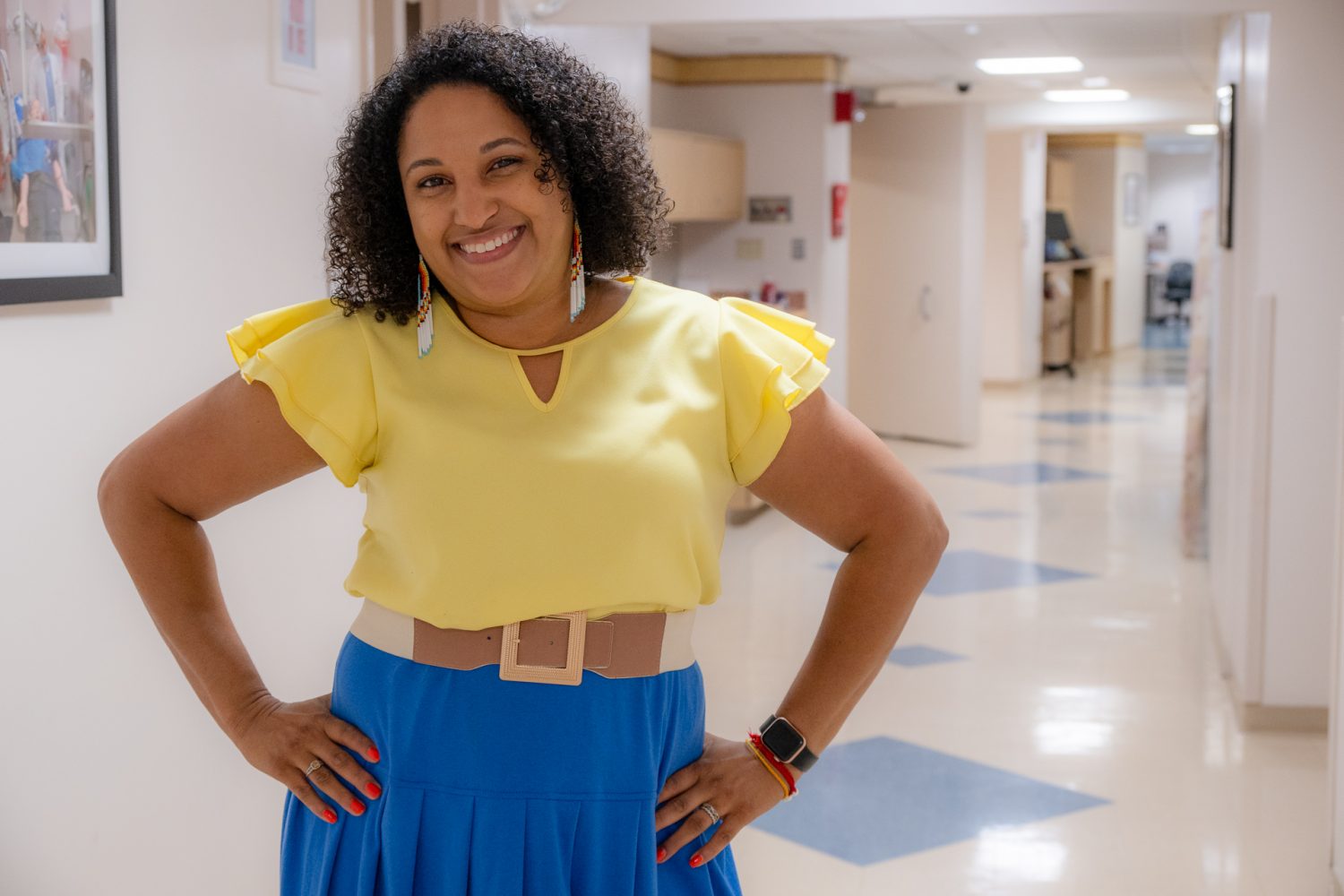Last week’s record-setting heat in the Pacific Northwest and current triple-digit temperatures in Arizona are the latest reminders that climate change is heating up the Earth. This trend is a serious threat to cities, which are warming at higher rates than other parts of the planet.
A recent multi-country analysis found that from 1950 through 2015, 27 percent of cities and 65 percent of urban populations experienced greater warming than the planetary average of 1 degree Fahrenheit. About 60 percent of the world’s city dwellers experienced warming twice as great as the rest of the world.
One or two degrees may not seem like much, but for especially vulnerable groups like the elderly, the sick, the poor, pregnant women, and infants, it may be enough to tip the scales. In a time of global warming and intensifying summer heat waves, life in cities is becoming more perilous. As I found in a recent study, this is especially true for marginalized groups such as minorities and the poor.
Deadly overheating
Studies of the urban heat island effect date to the 1830s, when British chemist Luke Howard demonstrated that temperatures in London were consistently warmer than those at sites outside the city. Heat islands develop when a large portion of the natural land cover in an area is replaced by built surfaces like roads and buildings. These structures trap incoming solar radiation during the daylight hours and release it at night.
Cities, in effect, have their own climates. During recent decades, the largest urban heat islands in the U.S. experienced warming at twice the level of the “cooler sea” of smaller urban and nonurban areas. As the human population continues to urbanize and consume more fossil fuel, the health, social, and economic impacts of summer urban overheating loom as major threats to the well-being of city dwellers worldwide.

Human bodies are not designed to handle heat above certain levels, especially if there is no cooling respite at night. The human body core, which includes the brain, lungs, and other organs, functions only within a narrow temperature range. A core body temperature of 103°F or above can be a sign of heat stroke.
How bad might it get? One recent study estimates that about 30 percent of the world’s population currently is exposed to deadly heat episodes for 20 days or more each year. By 2100, this figure is projected to climb as high as 74 percent unless there are reductions in greenhouse gas emissions. New York City could be subjected to 50 such days per year, while southern cities like Orlando, New Orleans, and Houston could see 100 deadly hot days each year. Even with reductions, the study estimates that by the end of the century, half of the people on Earth will likely face at least 20 days each year when extreme heat can kill.
Cutting-edge climate science already can robustly attribute specific levels of human mortality caused by climate change during extreme weather events. During the lethal summer heat wave in Europe in 2003, for example, when tens of thousands of people perished, particularly the elderly, calculations show that anthropogenic climate change increased the risk of heat-related mortality in central Paris by 70 percent and in greater London by 20 percent.
Protecting minorities and the poor
No matter what we do to slow greenhouse gas production, the heating of cities will continue for decades because of the amount of carbon already released into the atmosphere. The question is what can be done to diminish impacts of urban heating, including educating people about the issues and involving them in planning for the future.
Of particular concern is the fact that for many reasons, low-income ethnic minorities are excluded from initiatives to adapt to climate change. For example, they have limited material resources, have historically been socially and politically marginalized, and face barriers that hinder them from participating in decision-making forums.
To address these issues, I conducted a qualitative study with several of my students, building on my 30 years of involvement in health-related research. We interviewed a sample of low-income and increasingly vulnerable Latinos about their climate change-related knowledge, attitudes, and behaviors.
Participants were recruited from the client list of a community service agency in Hartford, Connecticut, and included both men and women. Like New England generally, the city they live in faces significantly greater warming over the next decade than other parts of the United States.

Aware but powerless
We found that our study participants were generally aware of climate change. Further, they could tell us about the various ways it was already affecting their lives, citing confusing weather patterns and drastically hot summer days. As one participant commented,
“Global warming is going to get worse than what it already is. It could get worse and become stronger heat, [and] wear down the polar glaciers and all that. Like now the heat is strong [and] maybe it will change to be [even] hotter … This temperature right now, I feel suffocated. Like it’s too strong. It’s different [than] previous years.”
Nonetheless, our participants often lacked clear knowledge about the nature of climate change, what drives it, how climate change differs from other forms of urban pollution, or how people can prepare themselves for limiting its harmful effects. Their strongest concerns were about how oppressive summer heat waves would make their children sick, and their own ability to cope with ever-higher temperatures and longer heat spells as they grew older. Some described feeling powerless, given the scale of the social and climatic forces aligned against them.
Participants reported feeling excluded from local preparatory efforts to mitigate adverse impacts. They said they received no information about preparing for climate change, except for notices that the city had started opening up a few cooling stations in the lobbies of air-conditioned buildings during the summer. Still, they expressed a strong desire to learn more and to better understand how to protect themselves and their children in an ever-hotter world.
Planning should involve everyone
Some observers have asserted that low-income groups are too focused on everyday coping with multiple socioeconomic challenges to be concerned about climate change. On the contrary, we found that people were both anxious about global warming and eager to become climate-savvy and make informed decisions about responding to the looming threat of urban heating. They were not confused by climate change deniers’ intense disinformation campaigns, and wanted skills and technologies that would allow them to reduce their vulnerability.
![]() Our findings demonstrate that there is an urgent need for climate change planning efforts that give all urban residents a voice. They also show the importance of conducting research with communities that will be most affected by climate change’s adverse impacts on city dwellers.
Our findings demonstrate that there is an urgent need for climate change planning efforts that give all urban residents a voice. They also show the importance of conducting research with communities that will be most affected by climate change’s adverse impacts on city dwellers.
This article was originally published on The Conversation. Read the original article.



